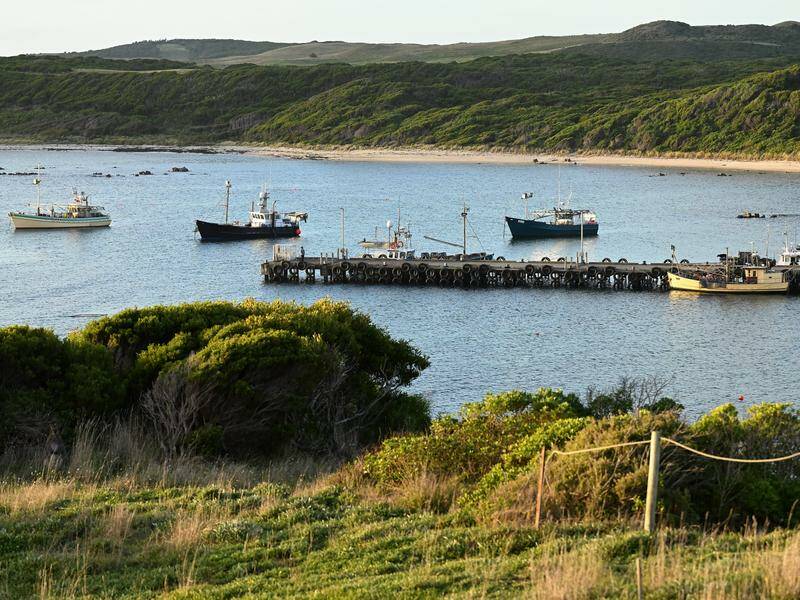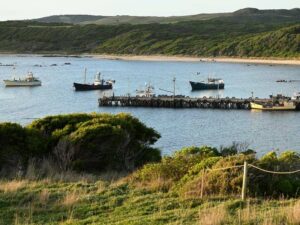
UPDATE: The Australian economy is being hailed as an “island of security” as new data reveals a significant surge in job creation. Treasurer Jim Chalmers announced that the nation added an impressive 42,000 jobs in October 2023, pushing the unemployment rate down to 4.3 percent, a drop from 4.5 percent. This strong performance has left economists questioning the likelihood of future interest rate cuts.
In a speech delivered to investors in Sydney, Chalmers highlighted that since Labor took office in May 2022, the country has seen the creation of 1.2 million jobs. He emphasized that approximately 80 percent of this employment growth has occurred in the private sector, showcasing a robust labor market that continues to outperform expectations.
The latest figures from the Australian Bureau of Statistics have led major banks like the National Australia Bank (NAB) to revise their forecasts. NAB has officially abandoned its previous prediction for a rate cut in 2026, citing the latest employment data and a tight labor market.
“Australia is an island of security, stability, and reliability in a sea of uncertainty and risk,” Chalmers stated, underscoring the nation’s economic resilience amidst global challenges. However, the strong jobs report has prompted a reassessment of the Reserve Bank of Australia’s easing cycle, with many forecasters believing it may now be over.
NAB economists indicated that underlying inflation is projected to exceed the RBA’s target range of 2 to 3 percent for the next six months, suggesting the economy is running at full capacity. This aligns with statements from RBA Deputy Governor Andrew Hauser, who recently noted that the economy is at its strongest point for recovery in over 40 years.
In light of these developments, economic experts stress the importance of monitoring growth and inflation closely. NAB economists have warned of “little or no tolerance for above-trend growth,” reflecting a heightened sensitivity from the RBA to any economic surprises.
Other banks, including the Commonwealth Bank, are now echoing NAB’s sentiment, indicating that the rate-cutting cycle may indeed be coming to an end. Commonwealth Bank economist Harry Ottley remarked that current labor market indicators do not suggest any significant downturn, reinforcing confidence in sustained job growth.
However, not all economists share this optimism. Westpac economist Ryan Wells pointed out that smoothing the monthly volatility reveals a gradual uptrend in the unemployment rate, indicating potential challenges ahead.
As the Australian economy continues to thrive, the implications of these job figures and the potential end of rate cuts will be closely watched by businesses and consumers alike.
What’s Next: Stakeholders will be keen to monitor upcoming economic data and the RBA’s next moves as the landscape evolves. With the labor market remaining tight and inflation pressures mounting, the focus will be on how these factors influence the Reserve Bank’s decision-making in the months to come.
This urgent update underscores the resilience of the Australian economy and the complexities it faces in the current global climate. Share this story to keep others informed on the latest economic developments!





